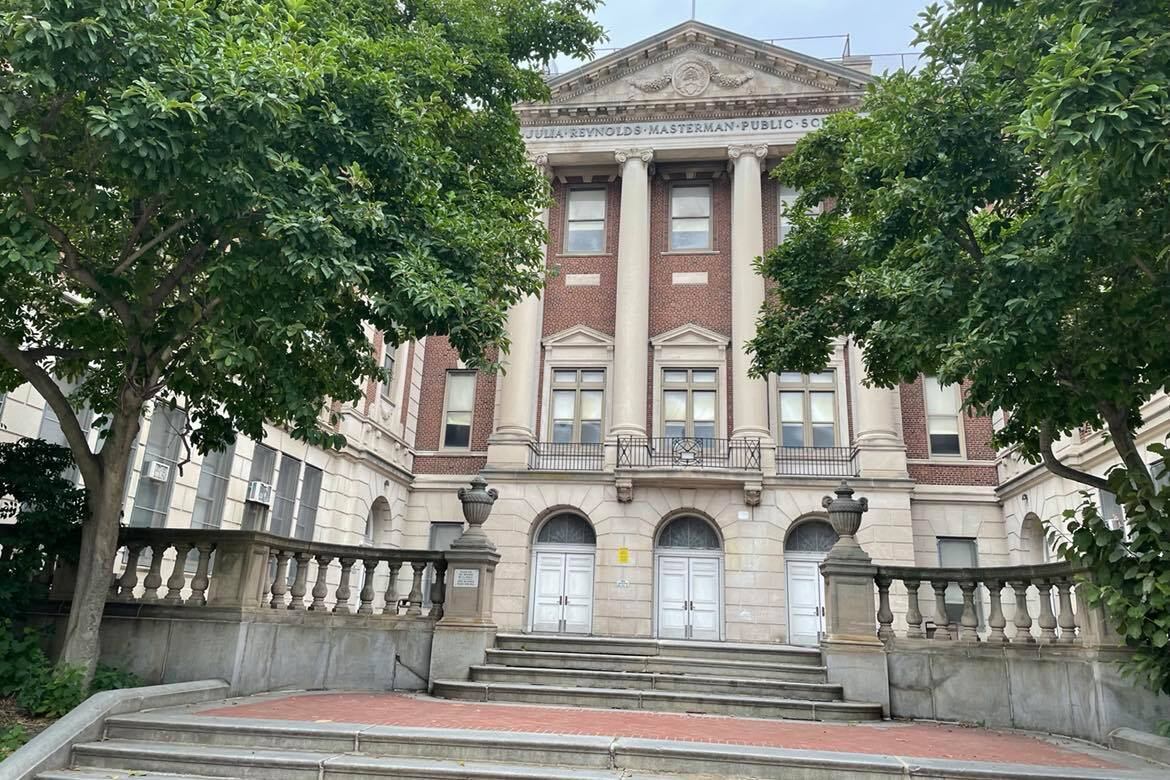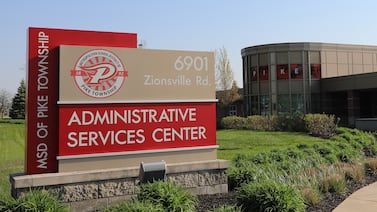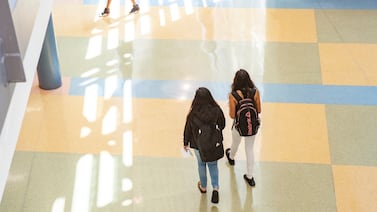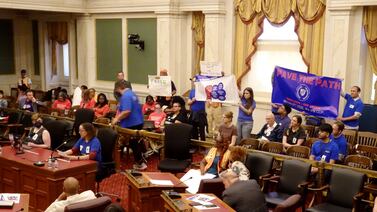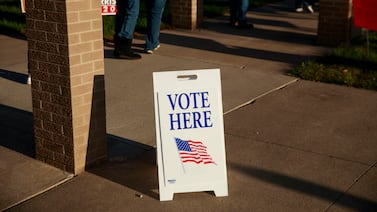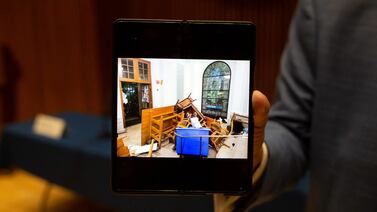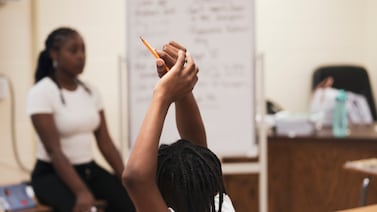At 5 p.m. last Friday, thousands of Philadelphia eighth graders learned whether they were admitted to one of the city’s most selective high schools.
It’s an annual ritual, but this year, with a major difference: In October the district overhauled the process by putting the names of all qualifying students into a lottery instead of letting individual school leaders shape their incoming classes.
Now, several parent groups are asking for a redo, saying the new system – meant to remove bias in admissions decisions and increase diversity at the city’s most elite public schools – has unfairly left some high-achieving students wait-listed at all their choices and without any offers of admission. Each student could list up to five schools on their application.
Parents scheduled two meetings on Tuesday to discuss ways to advocate for amending the process and a Change.org petition started last Friday night had almost 1,500 signatures by Tuesday. The petition asked for a “re-selection phase,” and the development of “a new and improved method that helps everyone involved.”
The district rewrote the selective admissions rules in October, right before the application window opened. In moving toward a lottery system, officials said they wanted to avoid “human judgment” and remove implicit or overt racism from the process.
The goal of the new system is to make the demographics at the most prestigious schools, particularly Central High and Julia R. Masterman, more reflective of the district’s as a whole. While the district is 80% Black and Latino, enrollment at these schools is predominantly white and Asian American.
Along with the lottery, officials also said they would give preference to students from five city ZIP codes that historically have sent few students to selective schools. All students who qualify from these ZIP codes and choose Central, Masterman or Academy at Palumbo, or Carver High School of Engineering and Science automatically get accepted.
District leaders and the Board of Education are still analyzing data to see if the new system is having the desired effect. At Thursday’s meeting, officials said that this year 62% of the students who qualified for criteria-based school are Black and Latino, up from 40% last year and surpassing a board goal.
The number of Black and Latino students who qualified jumped from 768 in the 2020-2021 school year to 3,584 in the 2021-2022 school year.
However, in presenting the data Superintendent William Hite stressed that this is based on the minimum standards for the least selective of the 19 schools – all As, Bs, and Cs and good attendance.
“More eighth grade students met qualifications in 21-22, across student groups and all types of schools,” Hite told the board. He also attributed this to the elimination of the state standardized test, the PSSA, which hasn’t been administered for two years due to the pandemic. In past years, the selective schools had cutoff scores on the test.
Hite did not say how many of these or other qualified students actually applied to the selective schools, nor did he provide the number of Black and Latino students who met the criteria for the most selective schools, including Central and Masterman.
But some parents of students who struck out in the lottery this year, who are largely white, expressed dismay about the new system.
“I’m happy for other children to be given opportunities they were never given before,” said one parent who asked to remain anonymous and whose daughter – a straight-A student with a long list of middle school extracurriculars – was wait-listed at all of the five schools to which she applied. “But this is coming at the cost of other children.”
She agrees that the district needs to improve neighborhood high schools so that all students get a high-quality education, but she said that hasn’t happened. Her neighborhood school is Horace Howard Furness, but based on a lot of things – low reading and math scores and the need for $32 million in repairs to the building – she doesn’t see it as a viable choice for her daughter.
“There’s a whole systematic shift that needs to happen and there’s a need to prioritize schools like Furness,” said another parent who lives in its catchment and whose child did not get a placement. “My heart goes out to families who have to put their child in that situation every day. But right now it is not somewhere I feel my child would thrive.”
Saida Nhari said her daughter, an eighth grader at Masterman, did not get into either of her top choices, Central or Masterman.
“My daughter stressed herself out to get straight As and got up in the early morning to get to school on time,” said Nhari. “All that effort was in hopes to get into the high school. But two weeks before the applications opened, they decided to change everything.”
Masterman starts in fifth grade, but students have to reapply to the high school, which is smaller. Before this year, almost all those admitted to Masterman’s ninth grade had come from the middle school.
However, this year the high school opened up to all qualifying eighth graders in the city.
Nhari’s older daughter, a college student and Masterman and Central alumna, started the Change.org petition.
“I know [the district] did it in the name of equity, and I agree that’s an issue, but they rushed in with what they did and lowered standards,” said the eighth grader, who did not want to be identified. “That’s a bad idea in itself.”
But groups who advocated for reform of the process aren’t sympathetic to the complaints. Black students and alumni at Central and Masterman called for changes, forming groups in the summer of 2020 after the death of George Floyd at the hands of a police officer in Minneapolis.
The “Black at Central” and “Black at Masterman” groups highlighted implicit bias and other issues at both schools, and the district changed the admissions process partly in response to their activism.
“Supporters of the [Change.org] petition are complaining that the new system is unfair because they ‘worked so hard to get into the best schools,’ one post on the “Black at Masterman” Instagram page said. “It must be hard for those living a life of privilege when the oppressive systems in place begin to work against them.”
There are 19 so-called “criterion-based” schools, but some are harder to get into than others. Masterman and Central have the highest standards, with the requirement of all As and Bs, and a 21.5 score on a machine-scored writing test introduced into the process this year.
Palumbo, Parkway Center City, and Carver require all As and Bs, but a 16.5 score on the writing test. Five others – Science Leadership Academy, Science Leadership Academy-Beeber, Girard Academic Music Program, or GAMP, Creative and Performing Arts High School, and the Arts Academy at Benjamin Rush – allow one C and have either an audition or portfolio or both. They do not require the writing test.
Nine other schools require all As, Bs, and Cs. Students must also have at least 95% attendance.
Use of the writing test as a substitute for the PSSA to determine admission eligibility to the five most selective schools created controversy since it is machine-scored and its manufacturer has specified that it was not designed to make placement decisions.
A 2017 report by the Pew Charitable Trusts Philadelphia Research Institute found that in the prior admissions system students who are white, Asian American, female and from relatively affluent families are more likely to get into selective schools than those who are Black, Latino, male and low-income. It also found that qualified Latino students were less likely to apply to these schools and less likely to attend if they were admitted.
The report also found that 11% of those who were admitted didn’t have the minimum test scores necessary, while many students who did were not admitted. In this group, there were significant differences based on race, gender and socio-economic circumstances, the Pew study found.
The big jump in the pool of eligible students and the use of a lottery reduced the chances of any one student, regardless of qualifications, to be accepted to their school of choice and opened up the possibility that they could be accepted to none.
Parents and students who received no offers are now anxiously awaiting the next phase of the process. Students who received offers have until this Friday to make their choices, which then opens up waitlists.
Said another parent whose daughter is also a straight-A student who didn’t get into any of her choices: “My concern in the name of increasing diversity, equity and inclusion, a lot of people from all sorts of backgrounds are going to be very, very hard hit by this.”


